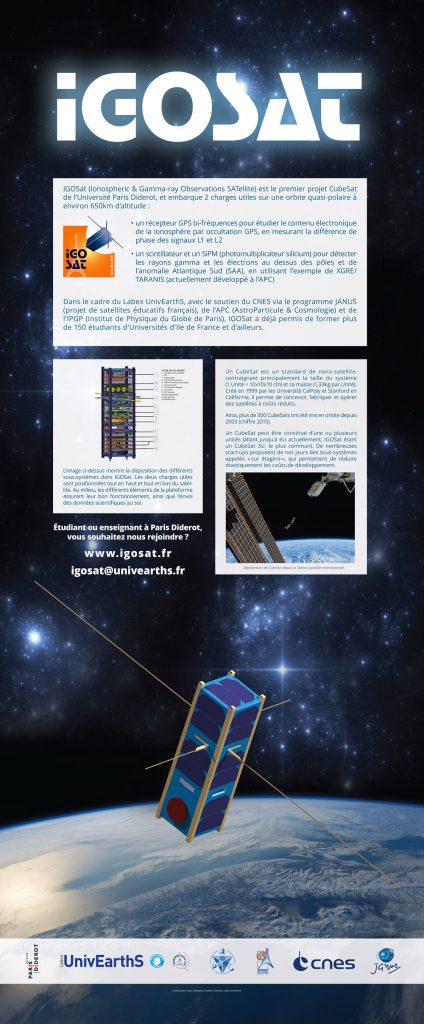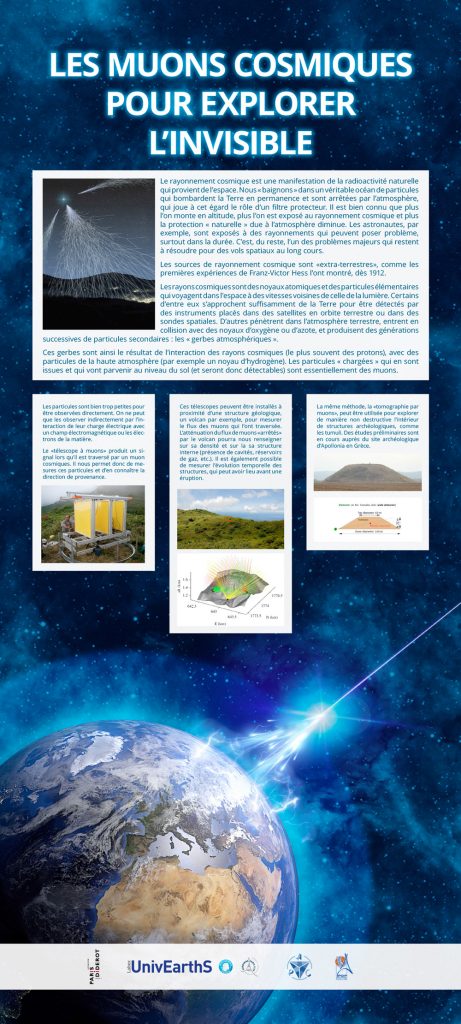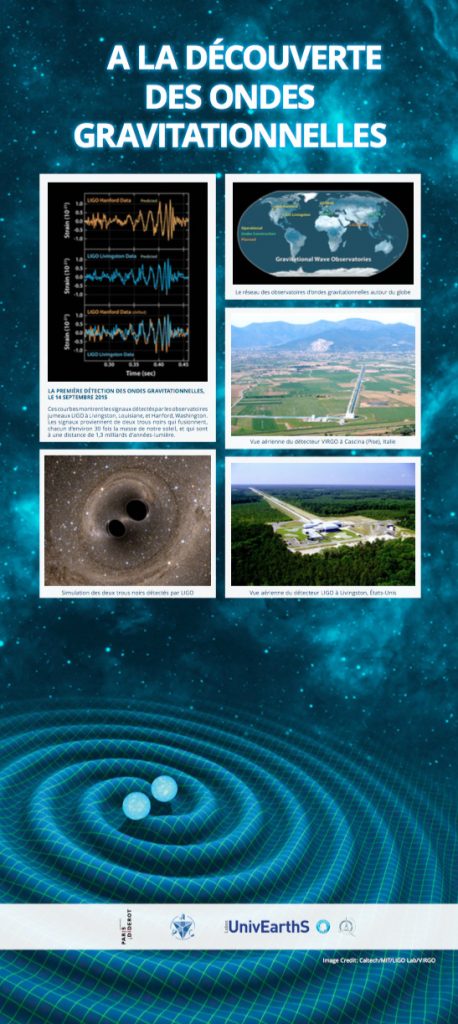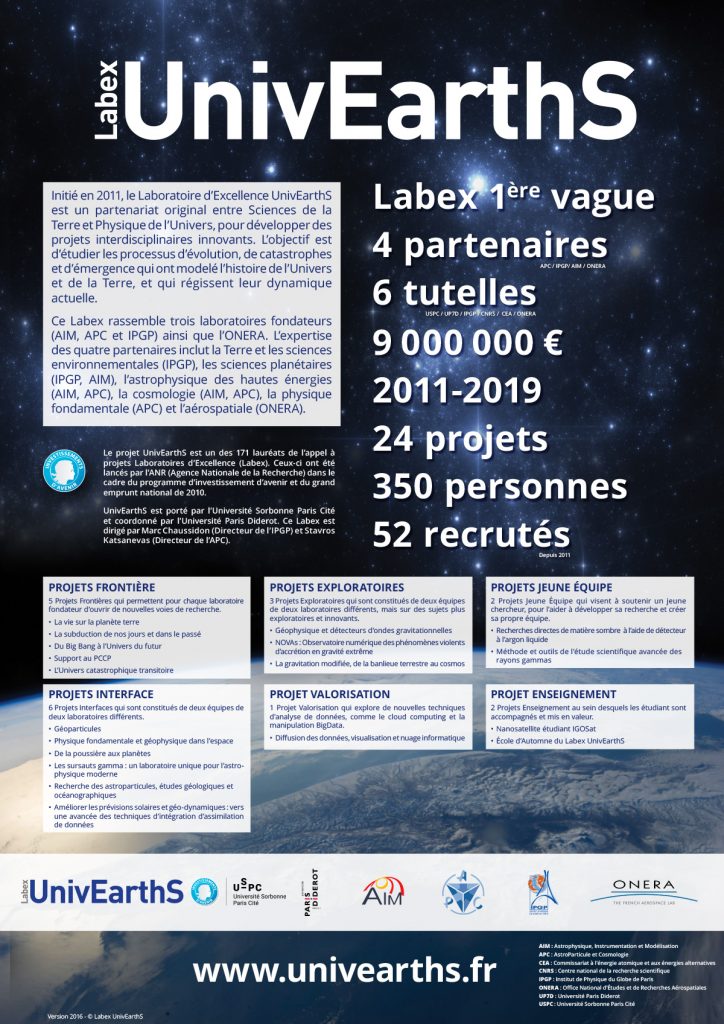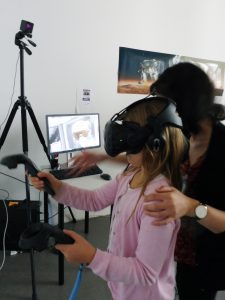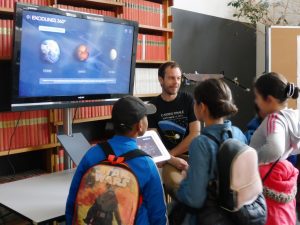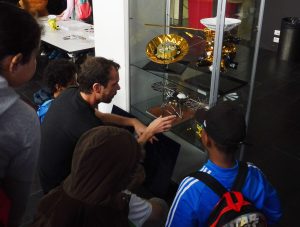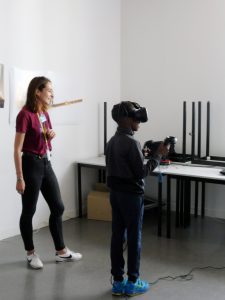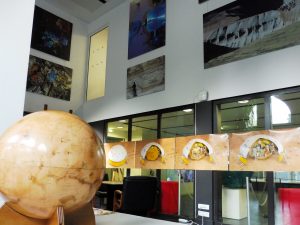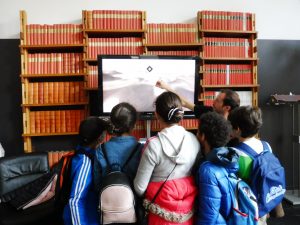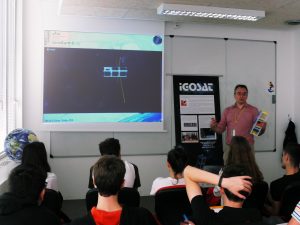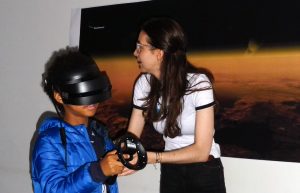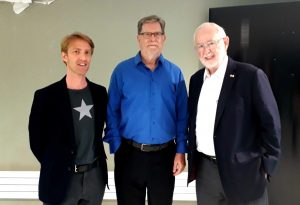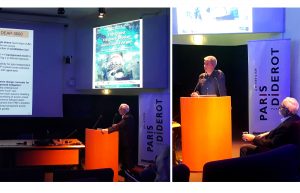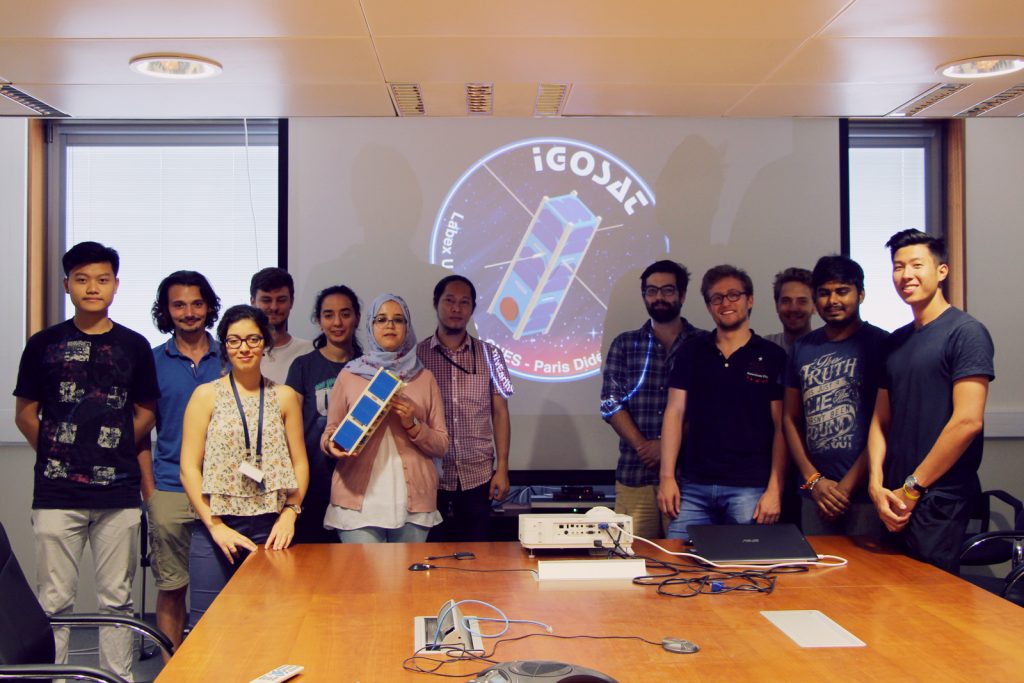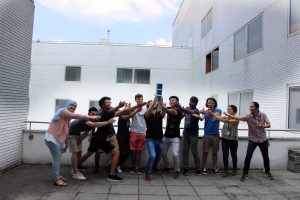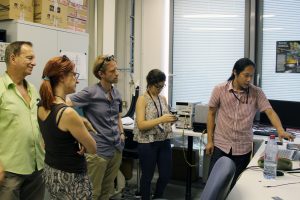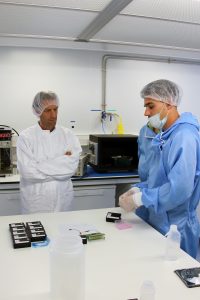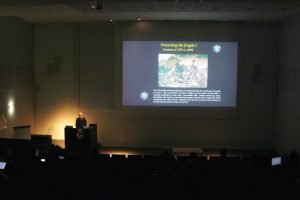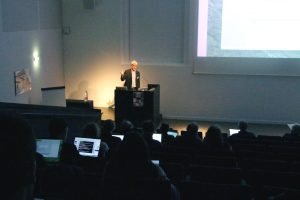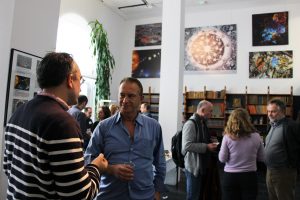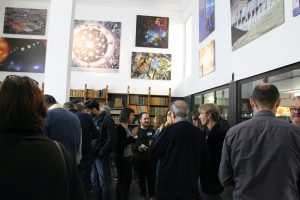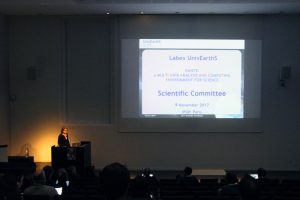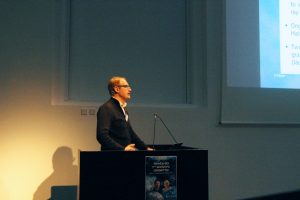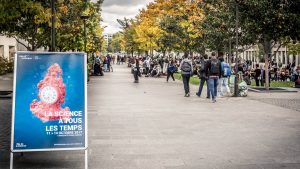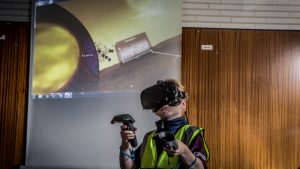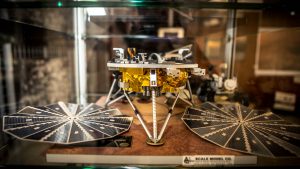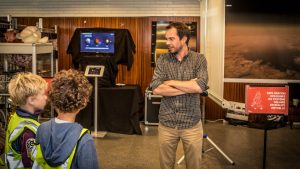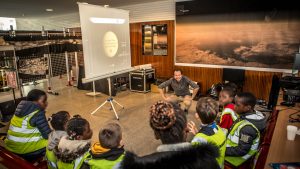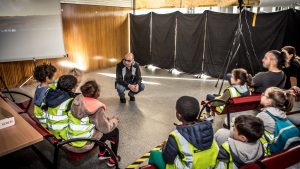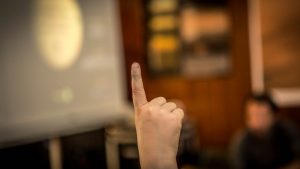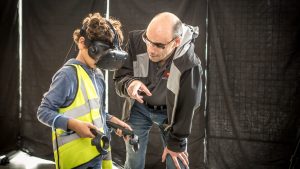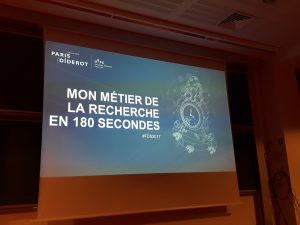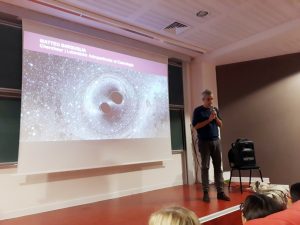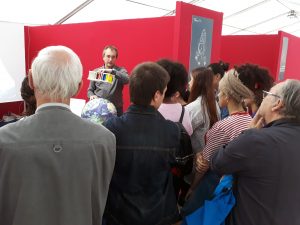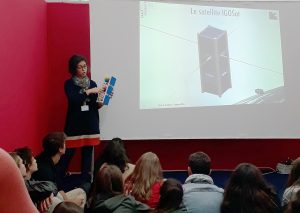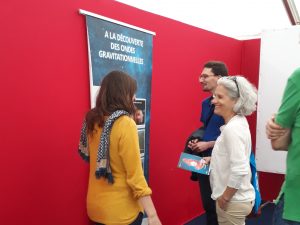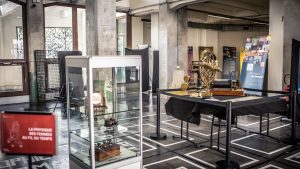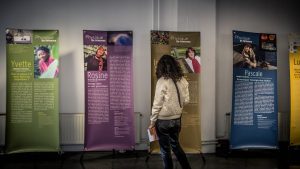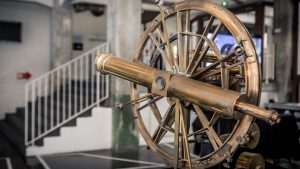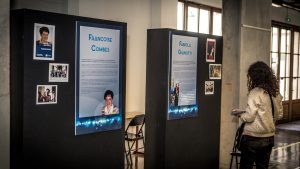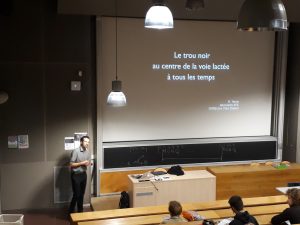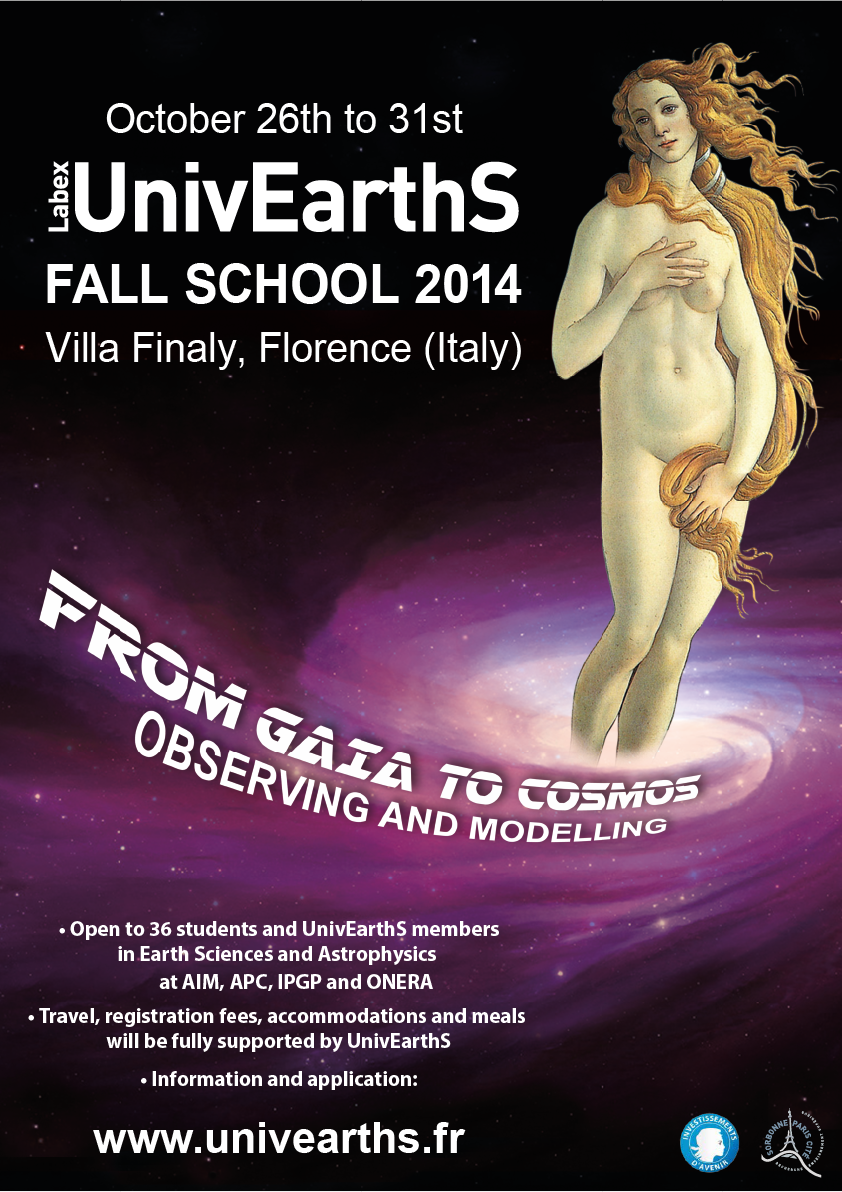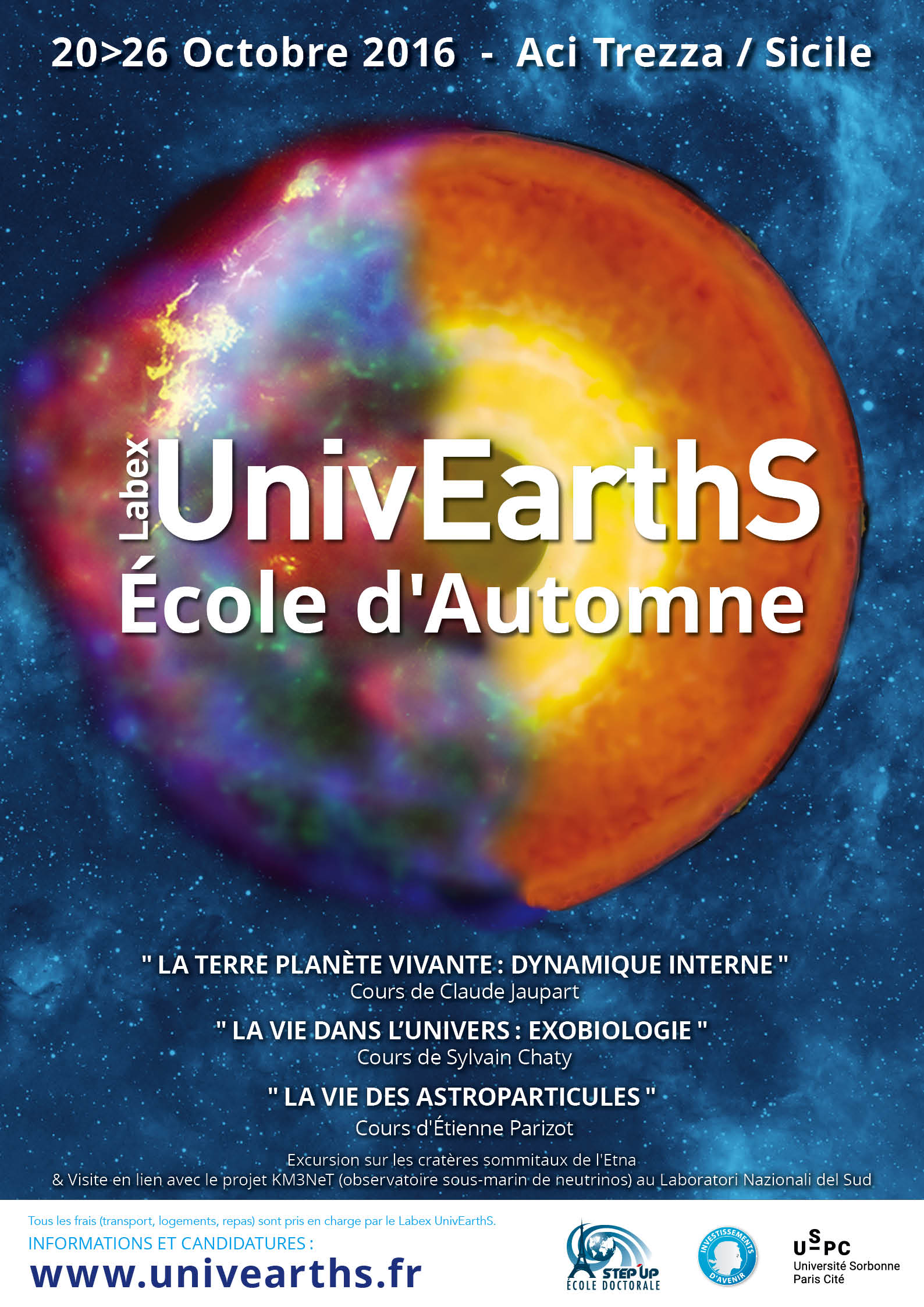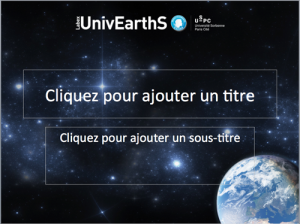Ressources
-
UnivEarthS maintains a YouTube channel where researchers’ activities are promoted and broadcast on video. Find below the latest Labex audiovisual productions and visit UnivEarths’ YouTube channel.
The film: Geophysical studies and subatomic particles at the Appolonia tumulus
Interview with Stavros Katsanevas, Director of the European Gravitational Observatory, EGO, General Coordinator of the project
Interview with Jacques Marteau, IPNL (UMR5822, University of Lyon/CNRS-IN2P3), professor-researcher, muographer of the ARCHé project
Interview with Gregory N. TSOKAS, Professor of Exploratory Geophysics, Laboratory of Exploratory Geophysics, Aristotle University of Thessaloniki, Coordinator of the Apollonia experiment for the ARCHe project
Interview with Theodoros AVGITAS, UnivEarthS postdoctoral researcher, University of Paris-Diderot, data capture and analysis
Interview with Sébastien de Raucourt, CNRS research engineer, on the SEIS instrument of the InSight mission
Interview with Lucile Fayon, doctoral student at UnivEarthS, about the InSight mission
See more movies on YouTube UnivEArthS channel.
-
At various mainstream events, such as Science Day, UnivEarthS has published materials to illustrate its topics.
Find some documents and read the PDF version by clicking below: -
UnivEarthS supported the creation of several MOOCs (massive open online course), around the subjects of Earth, Planet & Universe.
Gravity! The Big Bang, Black Holes and Gravitational Waves
What is gravity? This fundamental force is the common theme between concepts as intriguing as the Big Bang, black holes, dark energy, space-time, gravitational waves and the expansion of the Universe.
If these concepts pique your interest, this free online course is for you. It doesn’t require any background in physics or mathematics, just a simple curiosity about the Universe and our place in it.
Video Player00:0000:00To go further, visit the Future learn website : https://www.futurelearn.com/courses/gravity
La gravité, qu’est-ce que c’est ? Le thème, si présent ces temps derniers dans les films d’Hollywood, est le fil rouge entre des concepts aussi intrigants que le Big Bang, les trous noirs, l’énergie sombre, l’espace-temps, les ondes gravitationnelles, l’expansion de l’Univers.
Si ces questions vous intéressent, ce cours vous est destiné. Il ne demande pas de connaissances particulières en physique, juste de la curiosité pour comprendre notre Univers et la place que nous y occupons.
La théorie de la gravité, la relativité générale d’Einstein, a tout juste 100 ans.
Le cours est assuré par Pierre Binétruy de l’Université Paris Diderot. Le cosmologue George Smoot participe à ce cours et vous expliquera les découvertes pour lesquelles on lui a décerné le Prix Nobel. Marie-Odile Monchicourt, journaliste scientifique posera chaque semaine les questions que vous aviez sur les lèvres.
To go further, visit the Fun Mooc website : https://www.fun-mooc.fr/courses/parisdiderot/56001S02/session02/about
Volcanologie physique : des phénomènes aux processus (French)
Physical Volcanology: Phenomena to Processes
Pourquoi la Terre est-elle une planète volcanique et quels sont les grands types d’éruptions volcaniques rencontrés sur notre planète ? Comment peut-on comprendre et modéliser les éruptions volcaniques ? Peut-on prédire une éruption volcanique et comment gère-t-on une crise éruptive ?
Le MOOC « Volcanologie physique » a pour objectif de répondre à ces questions en introduisant les connaissances géologiques de référence et les méthodes de base des sciences physiques nécessaires à la compréhension du fonctionnement des volcans. Au fur et à mesure des sessions nous progresserons de la description des phénomènes volcaniques à l’identification et la modélisation des processus physiques générant ces phénomènes. Nous découvrirons ainsi l’approche et les méthodes de la volcanologie physique.
To go further, visit the Fun Mooc website : https://www.fun-mooc.fr/courses/IPGP/51001/session01/about
-
Science Festival / October 2018
Seminar “Quest for Dark Matter” / September 2018
Visit of IGOSat students by the Labex management – Summer 2018
Scientific Committee 2017
Science Festival 2017
-
From 2014 to 1016, UnivEarthS organized an autumn school to bring together about 30 students during a week during a special place.
The school is open to students in master’s or PhD from AIM, APC, IPGP and ONERA, to the scientists working on the UnivEarthS thematic (PhD students, postdocs, engineers and technicians). It also hosts high school science teachers via the association “Les cordées de la réussite”, and administrative staff.
The positive returns from this week of school are an encouragement to continue the mission of Labex: bring together researchers from different disciplines, and create interfaces between Earth Sciences and Physics of the Universe. Indeed, it is through this kind of event that UnivEarthS promotes interdisciplinarity and the connection between its various research areas.
By clicking on the picture, you can consult the different edition’s pages and the educationnal materials (Presentations, posters, videos, pictures).
-
We remind Labex UnivEarthS researchers that the publications should include the following acknowledgment:
We acknowledge the financial support of the UnivEarthS Labex program at Sorbonne Paris Cité (ANR-10-LABX-0023 and ANR-11-IDEX-0005-02).
Click on the images to view and download the logos.
UnivEarthS logo in JPG format:

UnivEarthS logo in PNG format (transparent background):
Download the UnivEarthS power point model.

